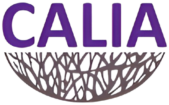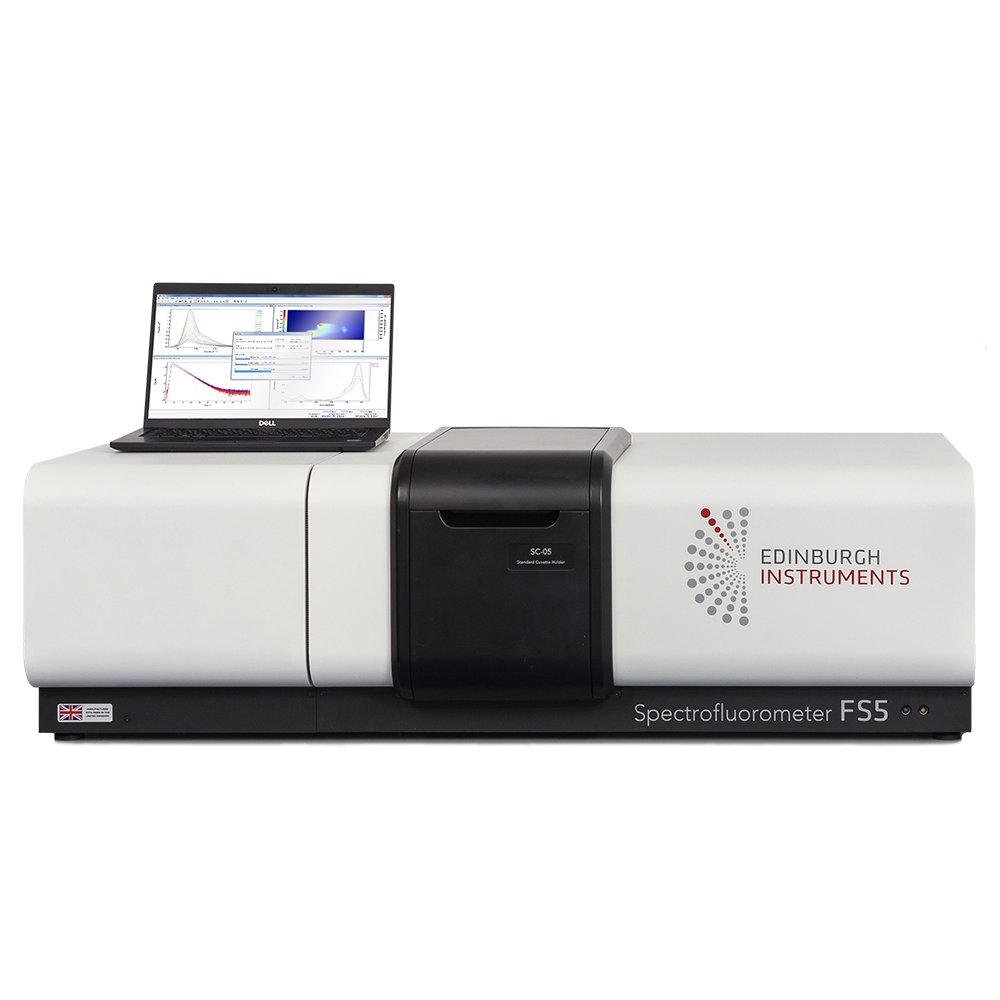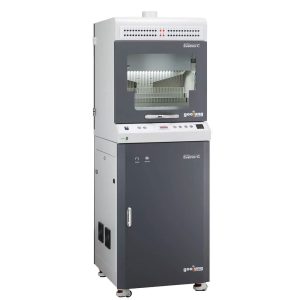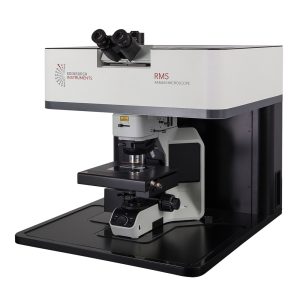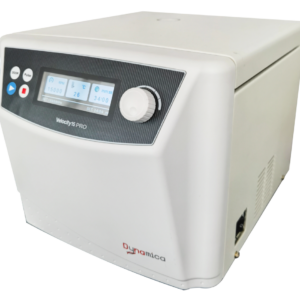FS5 fluorescence spectrometer – precision and sensitivity for advanced spectroscopy
The FS5 fluorescence spectrometer is a state-of-the-art system designed for high-sensitivity fluorescence analysis, catering to research, pharmaceutical, and industrial applications. Engineered with superior optical components and advanced detector technology, this spectrometer provides unmatched accuracy and repeatability across a wide spectral range.
Equipped with high-resolution monochromators and photon-counting detectors, the FS5 fluorescence spectrometer ensures exceptional signal-to-noise ratios, enabling precise detection of low-concentration samples and complex fluorescence emissions. Its modular architecture supports customizable configurations, allowing researchers to optimize performance for steady-state, time-resolved, and anisotropy measurements.
Why choose the FS5 fluorescence spectrometer?
- Superior sensitivity: Advanced photon-counting detection enhances trace-level fluorescence measurements.
- High-resolution spectral analysis: Precision monochromators ensure accurate and interference-free results.
- Versatile sample compatibility: Supports solid, liquid, and thin-film fluorescence analysis.
- Time-resolved fluorescence capabilities: Accommodates lifetime and phosphorescence measurements.
- User-friendly software: Intuitive interface streamlines data acquisition, analysis, and reporting.
Unrivaled performance for fluorescence research
Designed to deliver consistent, high-quality fluorescence spectroscopy, the FS5 excels in biophotonics, material science, and molecular fluorescence studies. With high-speed scanning and real-time data acquisition, it ensures efficient workflows and reproducible results.
The temperature-controlled sample chamber and multiple detector options allow precise optimization for fluorophore studies, quantum yield calculations, and energy transfer research. Researchers benefit from low stray light levels and high dynamic range, making the FS5 fluorescence spectrometer a trusted tool for demanding spectroscopy applications.
Reliable, scalable, and customizable
Built for flexibility and long-term use, the FS5 fluorescence spectrometer features upgradable modules and accessories, ensuring scalability for future research advancements. Its rugged construction and low-maintenance design make it a cost-effective solution for academic and industrial laboratories.
Whether conducting steady-state fluorescence measurements, time-resolved studies, or advanced spectroscopy, the FS5 fluorescence spectrometer provides the precision, sensitivity, and reliability required for cutting-edge scientific research.
